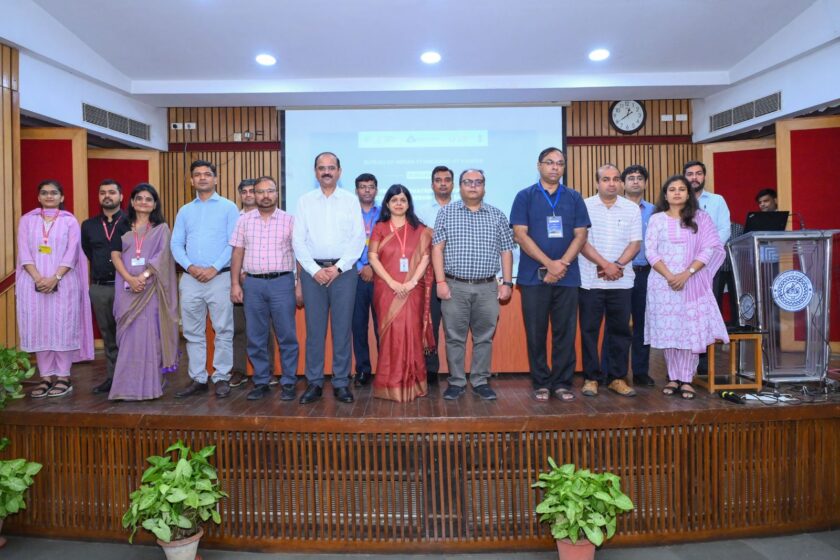Lucknow: It is no longer just science fiction — the age of robots working alongside humans is rapidly becoming a reality. From cooking meals and cleaning homes to driving cars and performing office tasks, robots are evolving fast and are set to become a regular part of our daily routines. As technology advances at breakneck speed, experts believe that the coming decade will witness a robotic revolution in nearly every sphere of life.
Here’s a look at how robots are likely to become integral to our workspaces and personal lives, and what that means for us.
1. Household Help Gets Smarter
Imagine waking up to a robot brewing your morning tea, packing your child’s lunch, and cleaning the entire house before you step out. That’s not a futuristic fantasy anymore. Domestic robots are being developed to understand user preferences and execute tasks seamlessly. These will be far more advanced than today’s Alexa or Google Assistant — not just responding to commands, but intelligently managing a household.
2. Robotic Doctors and Nurses in Hospitals
Hospitals are embracing robotic technology to reduce human error and improve patient care. In the near future, robots will assist with surgeries, deliver medicines, monitor vitals, and respond instantly during emergencies. Surgical robots, in particular, are gaining traction for their precision and ability to perform minimally invasive procedures — making healthcare faster, safer, and more efficient.
3. High-Tech Farming with Agricultural Robots
India’s agricultural sector, traditionally dependent on manual labor, is slowly being transformed with the introduction of robots. These machines can plant seeds, monitor crop health, and even harvest produce — saving time and reducing effort. With growing demand for precision farming, robotics is poised to help farmers increase yield and efficiency while cutting down on costs.
4. Robot Teachers in Classrooms
Education is set to undergo a paradigm shift with AI-powered robot teachers. These machines will offer customized learning experiences — slowing down for children who need more time, and fast-tracking lessons for quick learners. Unlike human teachers, robots won’t tire, get frustrated, or miss a class. They can patiently explain concepts over and over again, ensuring no child is left behind.

5. Office and Factory Tasks Go Automated
From data entry, report creation, and scheduling meetings to answering calls — many routine office tasks are being automated by smart robots. In factories, where robots have long assisted in heavy lifting and assembly-line work, the next generation will be smarter — capable of decision-making, real-time analysis, and self-adjustment without human input.
6. Robots as Companions
Beyond work, robots are also being designed to provide companionship. These social robots can converse, share jokes, offer emotional support, and reduce loneliness — especially for the elderly. For children, they could become engaging friends that also assist with learning. While they may not replace human relationships, they can certainly enhance wellbeing and social interaction.
Will Robots Replace Human Jobs?
To some extent, yes. Tasks that are repetitive, time-consuming, or data-heavy are already being automated. But there’s no need to panic — new jobs and skills will emerge alongside. The demand for robot operators, software developers, maintenance technicians, and AI ethicists is expected to surge. The key will be to reskill and adapt.
The Human-Robot Balance
Robots promise to make life simpler, faster, and smarter. However, it is essential that humans retain control, values, and compassion. As we integrate more robots into our lives, we must ensure they serve as tools and assistants — not as replacements for human empathy and judgment.
The robotic age is knocking at our doors. Whether it enhances or disrupts our lives will depend on how wisely and ethically we use it.





